Click below to view video
Who built the original Ka’ba? Where was it? When was it destroyed and rebuilt? Can we find the original Ka’ba?
Transcript
Video #3 This is a general transcript of a Dan Gibson video in the series: Archeology and Islam.
Hello, and welcome to another video in the series Archeology and Islam. My name is Dan Gibson. A number of viewers have asked about the Ka’ba. If Petra is the first holy city of Islam, as I claim in the books and documentary film: The Sacred City, then where was the first Ka’ba? In order to investigate this, we need to understand a number of terms and concepts.
The first term is the Black Rock: This is a small rock, less than a meter in size. It was most likely a meteor that fell to earth. Today it is broken into seven pieces.
The second word is: Ka’ba. This is a rectangular building usually covered with a back cloth. One corner is exposed so that people can see and touch the Black Stone, which has been placed in a silver holder.
The third concept is: Masjid al Haram. Up until now, this has always been the mosque that housed the Black Rock in Saudi Arabia. In the film: The Sacred City I demonstrate that this was originally in the ancient city of Petra in Jordan and rebuilt in Saudi Arabia in 98 AH or 98 years after the Hijra. We know this from an inscription found near Mecca.
The fourth word is an Arabic word: Bayt or House: This is found in Sūra 3:96: “Indeed, the first House established for mankind was that at Baka- blessed and a guidance for the worlds.”
According to Islamic records Abraham built his first house of worship in the valley where he left Hagar. Now Moses, the prophet, tells us a slightly different story. He tells us that when Abraham entered into the land, that he built an altar at Moreh which was called Bayt-El… the house of God, or Bethel.
It was in the time of Moses, the name for God was El. It wasn’t until many years later that El would be we lost among the many different Gods and idols, such as Ba’el or Baal. So it was to emphasize EL that it was made into ELLah. The One God. Ella.
But Moses tells us that this first House of Worship was built in the Plains of Moreh, which Abraham renamed Bethel or the House of God. Now Modern Studies tell us that we can find the original Bethel by using the old Roman milestones.
Both Eusebius and Jerome locate it at milestone 12, out of Jerusalem on the road to Neapolis, or modern day Nablus. So that would most likely be this hilltop in this picture. Today there are some fields at the top and a modern road across it. You can see the road as a white curving line.
So what could the verse in the Qur’an mean when it say the first house established for mankind was at Baka. I think the answer is: In Qur’anic thought: The first house at Bethel was for the Jewish people. The second house, in Qur’anic thought, was for the rest of mankind.
If that is the case, then the first house was an altar in Bethel, so therefore second house was most likely an altar as well. We know that Abraham built altars to offer burnt offerings to God wherever he moved. Now why would Abraham build these altars? We know that he would kill a sheep and offer on it a sheep as a sacrifice. This was something that all of the prophets did. It began with Adam, Abraham did it, Moses did it, and he taught all the people to do it as well.
David, Solomon, all of the prophets killed an animal and offered it as a sacrifice. If we study the old accounts, we will discover that they believed that: without the shedding of blood, there was no forgiveness of sin. So everyplace Abraham moved, he set up an altar and he offered offerings to God.
And from the Islamic records, we learn that once Ishmael was a little older, as a young boy, maybe a teenager, Abraham returned to the Valley of Becca, where he had left Hagar, and together with Ishmael he built an altar, and he taught Ishmael to offer a sacrifice to God. And this place was called the House of God. And it was sacred to the Arabs for many generations, in Becca.
Now in my studies I have shown that all of the first mosques in Islam pointed to the valley of Petra, and all of the ancient descriptions of Becca fit the valley of Petra.
So, some of the readers have asked: Where was the Ka’ba? In the book: Early Islamic Qiblas, I have tried to explain where I think ALL of the sites of early Islam were located in the valley: the well of Zamzam, the mountains of Safa and Marwa, as well as Mina and Mount Arafah.
Now in this video we want to locate the Ka’ba in Petra. We are just going to concentrate on the one topic. First: We are told that during the 2nd civil war, Al Ḥajjāj used a manjaniq (catapult) to throw stones into the holy place and he could hit the Ka’ba.
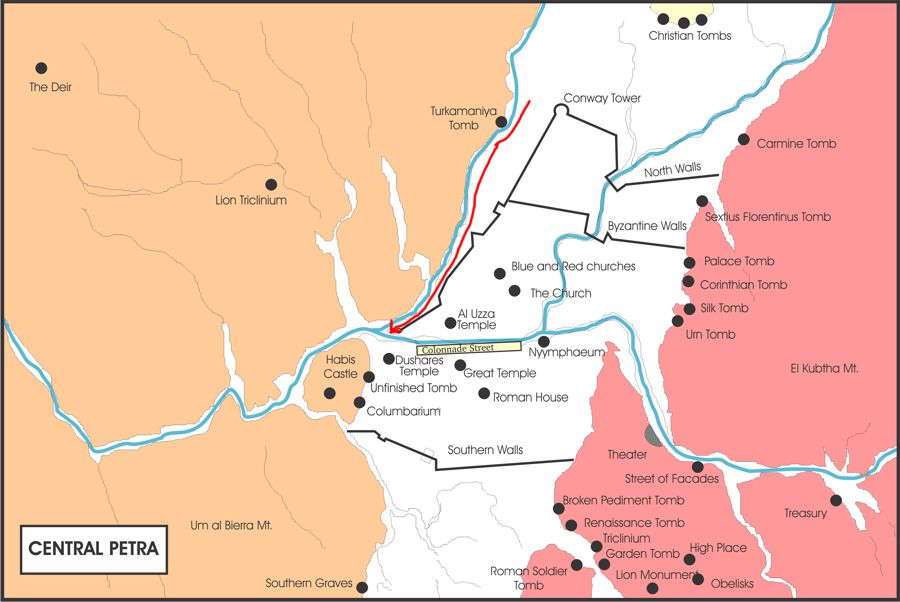
The Red arrow shows the route of the manjaniq
From this MAP we can see where General Ḥajjāj brought the manjaniq down the wadi. From this point he could throw stones right into the holy places of Islam.
Now after this the rebels moved to what is known as the Great Temple today, and they barricaded themselves into the temple. So the same trebuchet stones were gathered up and used to throw again against that temple. During the fighting Ibn Zubayr and his son were killed, and the fighting stopped. The stones were then gathered up and put into the abandoned storerooms near the Ka’ba area and there they are to this day.
After this, the histories tell us that Ḥajjāj tried to rebuild the Ka’ba. Now if we go to Petra today, you can see the rebuilt version of this Ka’ba. It is in exactly the right place but it is in ruins.
If you go to Petra and look at these ruins you will realize it is in exactly the right place and it is exactly the right size. It is there for all to see. Earlier archeologists have thought it was an altar for the temple, but it is right in the middle of the large courtyard. The right place where the catapult stones could reach it. And for the first 100 years of Islamic history, every mosque pointed exactly to this spot.
But this is Ḥajjājs Ka’ba. It did not have the black rock because that had already been moved to the new Masjid al-Haram in Saudi Arabia.
Now, while some people may doubt, the archeological evidence I believe Petra is the location of the altar, the House of God that Abraham and Ishmael built, and the location of the original Ka’ba, constructed by the Arabs after the earthquake in July 9, 551. 19 years before the prophet Muhammad was born. Then the people then brought all of the religious items out of the temples and churches into this courtyard where nothing would fall on them in the earthquakes that happened afterwards. And that created the Ka’ba, the place where 360 holy relics were all in one courtyard.
People started walking in circles so that they could pray in front of all of the religious objects. And then one day, while they rebuilding the Ka’ba, the people chose a young man named Muhammad to lift the Black Rock into place, and that began the story of Islam. And it all happened, here, in Petra.
If you want more information please check the book: Early Islamic Qiblas.
I am Dan Gibson, and this has been another edition in the series of: Archeology and Islam.
Bibliography
Gibson, Dan, Early Islamic Qiblas, Independent Scholars Press, 2017
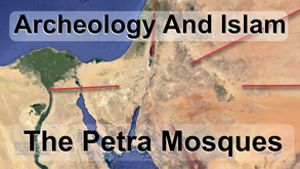
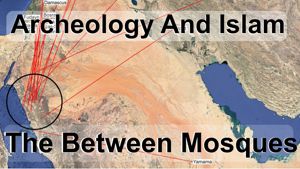
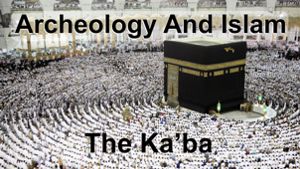
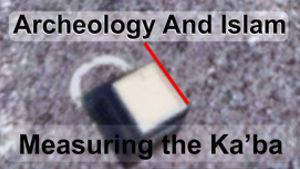
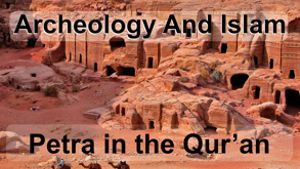
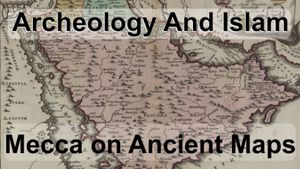
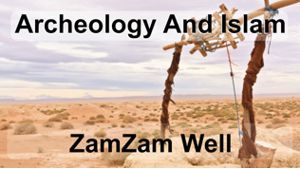
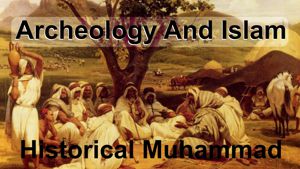
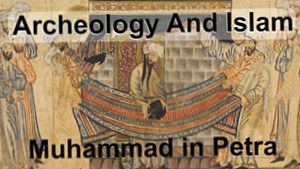
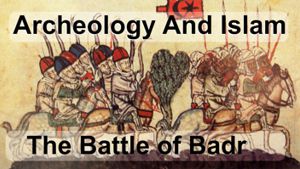
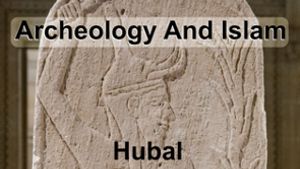
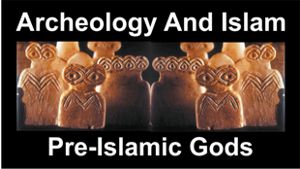
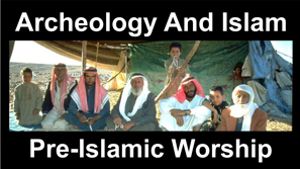
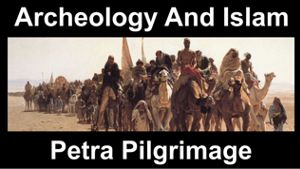

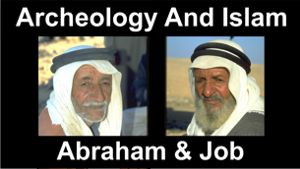
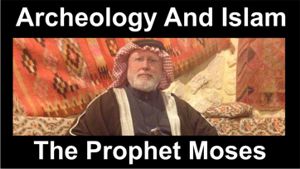

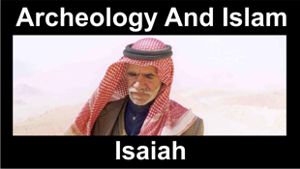
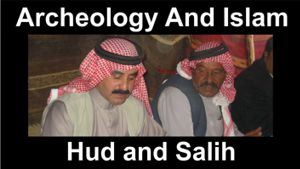


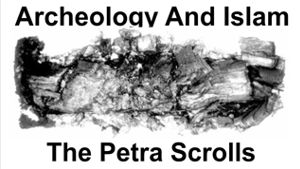
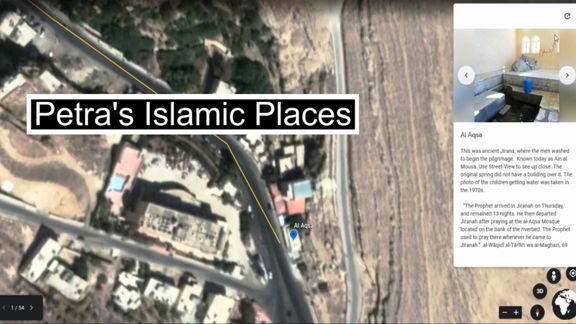

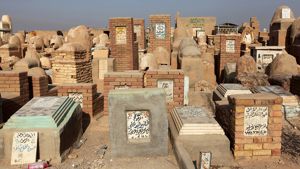
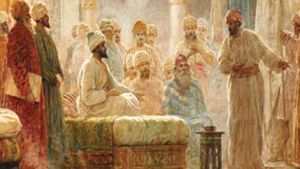
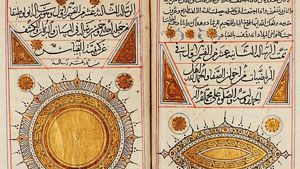
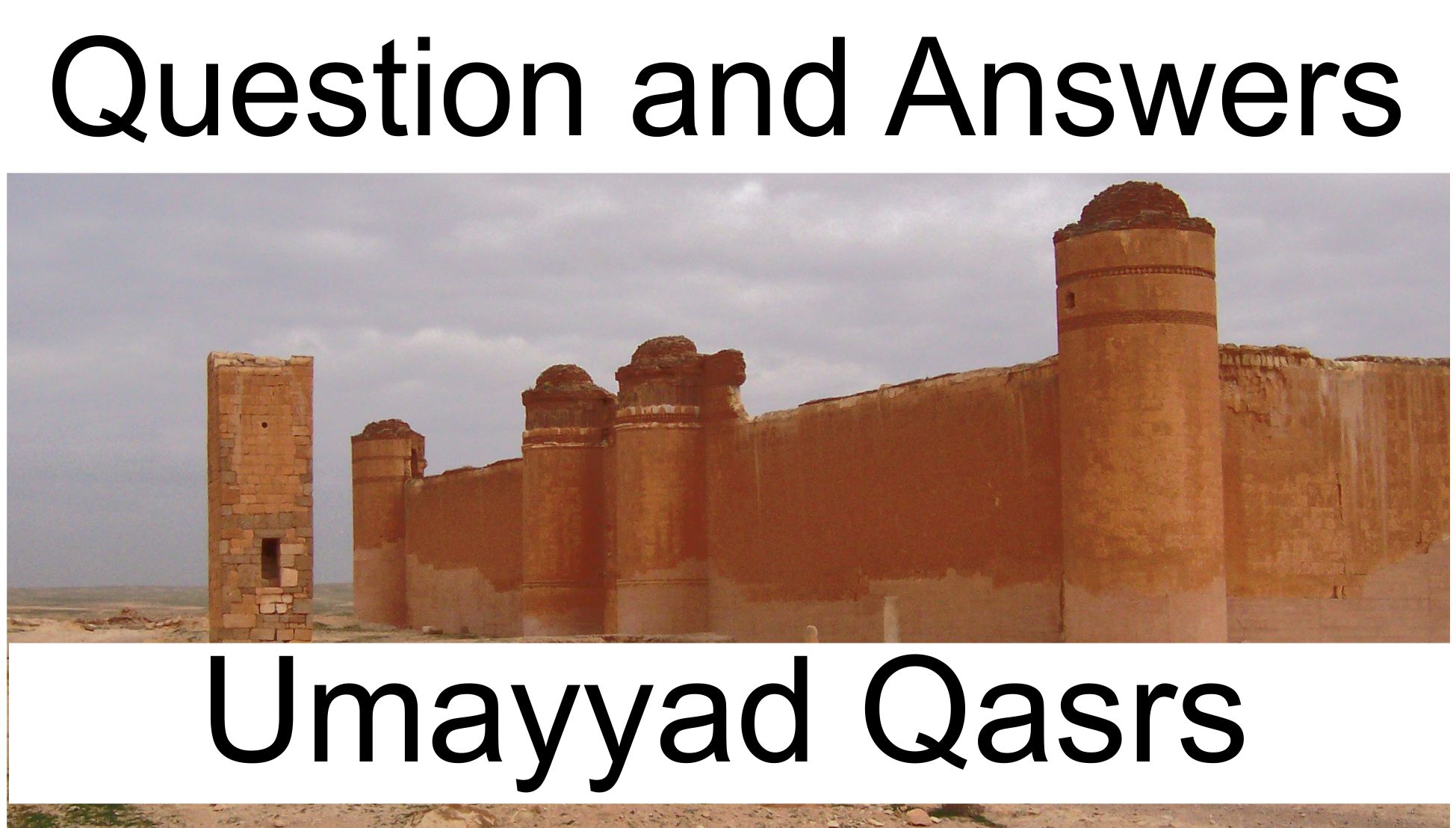
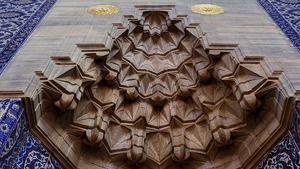
Page Discussion
Membership is required to comment. Membership is free of charge and available to everyone over the age of 16. Just click SignUp, or make a comment below. You will need a user name and a password. The system will automatically send a code to your email address. It should arrive in a few minutes. Enter the code, and you are finished.
Members who post adverts or use inappropriate language or make disrespectful comments will have their membership removed and be barred from the site. By becoming a member you agree to our Terms of Use and our Privacy, Cookies & Ad Policies. Remember that we will never, under any circumstances, sell or give your email address or private information to anyone unless required by law. Please keep your comments on topic. Thanks!